Sphalerite
Sphalerite is a mineral that is composed of zinc sulfide (ZnS), and is the primary ore of zinc.
Sphalerite is usually brown or yellow in colour, but can also be red, orange, green, or black. It has a relatively high density and is typically used as an ore of zinc, although it is also of interest to mineral collectors due to its interesting crystalline shapes.
Showing all 11 results
-
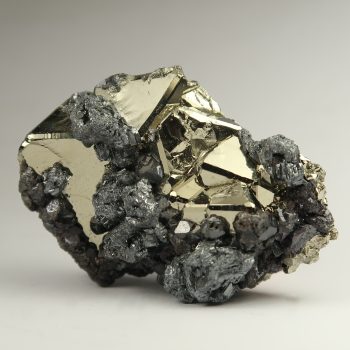
Pyrite clusters (Octahedral)
£25.00 -

Siderite, Sphalerite and Quartz from Vojtěch Mine, Czech Republic
£10.00 -
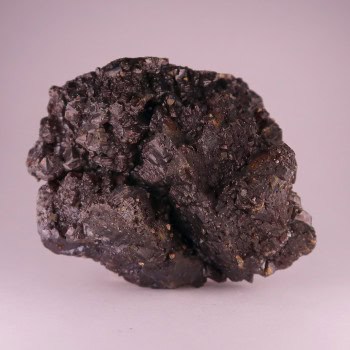
Sphalerite and Chalcopyrite from Joplin Field, USA
£15.00 -

Sphalerite and Fluorite from Furzehill Mine, Devon
£7.50 -
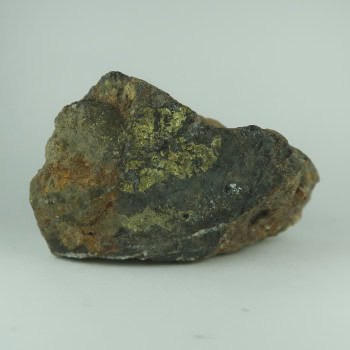
Sphalerite and Pyrite from Great South Tolgus
£10.00 -
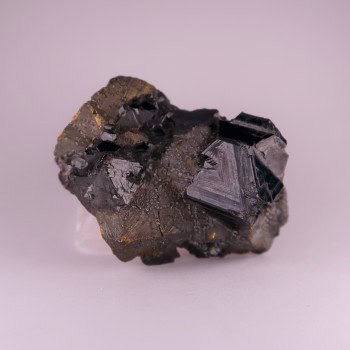
Sphalerite and Pyrite from Huarón mining district, Peru
£20.00 -
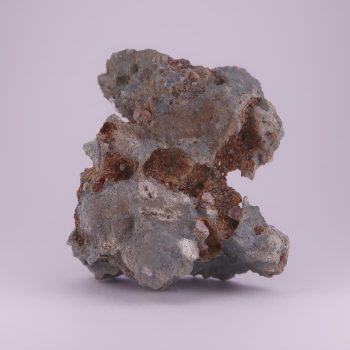
Sphalerite from Callow Hill Quarry, Shropshire
Price range: £5.00 through £10.00 -
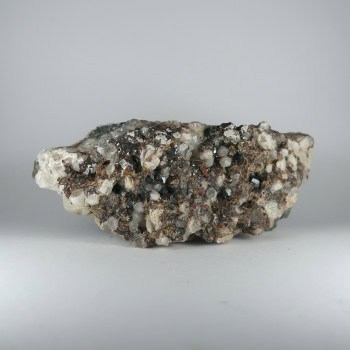
Sphalerite from Greystone Quarry, Cornwall
£15.00 -
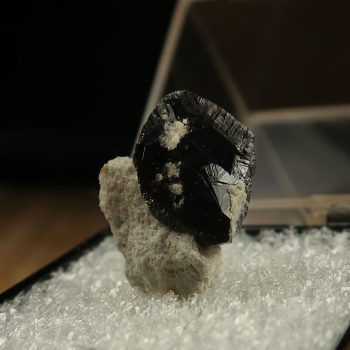
Sphalerite specimens
Price range: £3.00 through £20.00 -
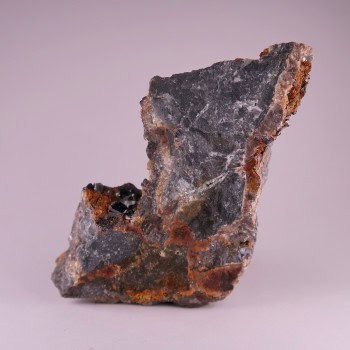
Sphalerite, Galena, and Siderite from Force Crag Mine, Cumbria
£10.00 -
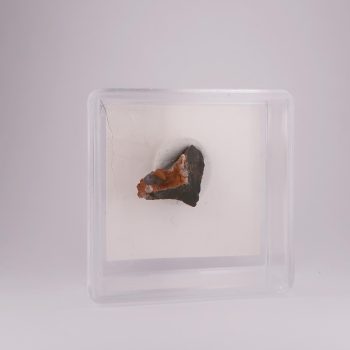
Sphalerite, Quartz and Siderite from Abercynon Colliery, Wales
£10.00
Information about Sphalerite
Appearance
Sphalerite is typically a dark grey gun-metal coloured metallic mineral which is often found in association with other ore minerals, in fantastically detailed and interesting plates consisting of galena, chalcopyrite and pyrite, fluorite, calcite and quartz.
Uses and History
It is the primary ore of the metal Zinc, but is also an ore of cadmium, gallium, germanium and indium.
Along with its use in industry as an ore mineral, some sphalerite is actually cut and polished for jewellery. Fine quality cut pieces are a burnt golden orange colour similar to madiera Citrine.
It was named in 1847 after the Greek word ‘sphaleros’, which means ‘decieving’. This is due to its appearance, which is very similar to Galena and several other minerals, making it tricky to identify in the field.
Sphalerite was likely used to produce brass as far back as the 7th century – brass being an alloy of copper and zinc.
Locales
It’s nice to be able to say we do have some fine Sphalerites right here in the UK – the pieces from Smallcleugh Mine in Cumbria are world renowned amongst collectors.
We aren’t the only great locale though; there are some fantastic gemmy crystals found in the Picos del Europa mountain range of Spain, and some amazingly ‘sharp’ crystalline pieces come from Primorsky Krai, Russia.
I have also seen some very nice specimens from Namibia and South Africa and the USA.
Mineralogy
Hazards and Warnings
Zinc is toxic when airborne during welding, causing ‘zinc fume fever’.
Almost all rocks, minerals (and, frankly, almost all other substances on earth) can produce toxic dust when cutting, which can cause serious respiratory conditions including silicosis.
When cutting or polishing rocks, minerals, shells, etc, all work should be done wet to minimise the dust, and a suitable respirator or extraction system should be used.
Translations
Arabic:
- السفاليريت
Hindi:
- स्फेलेराइट
Portuguese:
- esfalerita
Bengali:
Indonesian:
Punjabi:
English:
- sphalerite
Italian:
Russian:
- сфалерит
French:
- sphalérite
Japanese:
- 閃亜鉛鉱
Spanish:
- esfalerita
German:
- Sphalerit
Korean:
- 섬아연석
Thai:
- สฟาเลอไรต์
Gujurati:
Mandarin Chinese:
- 閃鋅礦
Urdu:
